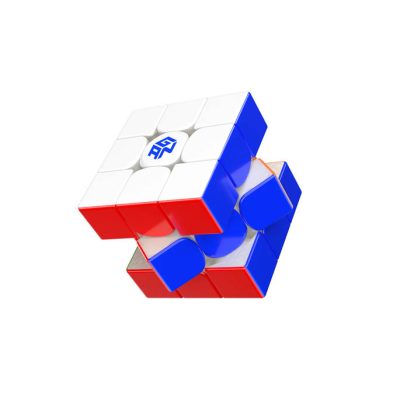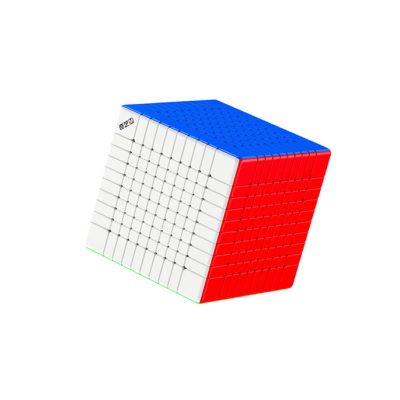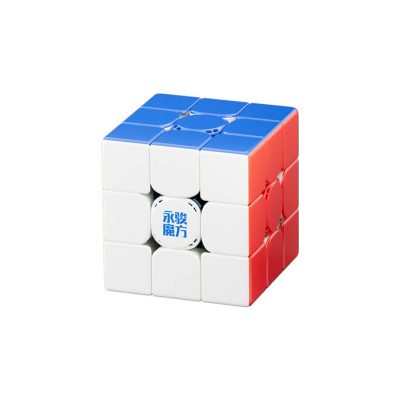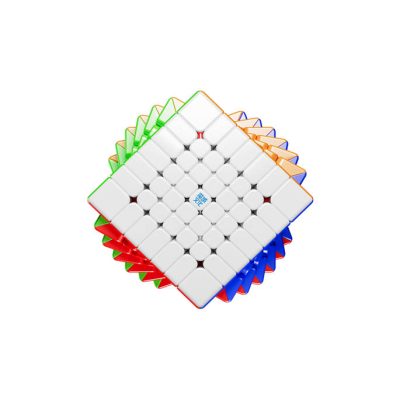-
 Dave Vinke
Dave Vinke
- Leestijd: 5 min
- Laatst geüpdatet: 13/10/2025
The difficulty level of wooden construction kits varies from simple projects that beginners can complete in a few hours to complex models requiring weeks of precision work. The complexity depends on the number of parts, required precision, construction techniques, and your experience with tools. Most wooden construction kits are labeled with difficulty levels to help you make the right choice.
What actually determines the difficulty level of wooden construction kits?
The complexity of a wooden construction kit is determined by four main factors: the number of parts, precision of fit, construction techniques, and required skills. Simple construction kits typically have 20-50 parts with generous tolerances, while advanced models can contain hundreds of precisely cut pieces.
The number of parts is often the most visible indicator of complexity. Beginner models focus on basic elements that are easy to identify and assemble. Advanced construction kits introduce small detail parts, moving mechanisms, and intricate connections that require precise assembly.
The precision of the parts determines how well pieces fit together without modifications. High-quality construction kits have laser-cut parts with tight tolerances, allowing them to slide together smoothly. Cheaper variants often require sanding, filing, or gluing to achieve a proper fit.
Complex construction techniques such as mortise-and-tenon joints, moving parts, or curved elements significantly increase the difficulty level. These techniques require understanding of woodworking and sometimes special tools for successful results.
What different levels exist in wooden model building?
Wooden model building is typically divided into four levels: beginner, intermediate, advanced, and expert. Each level requires specific skills and time investment. Beginner projects are designed for 2-8 hours of work, while expert models can take months.
Beginner level construction kits contain 20-75 parts with clear instructions and pre-drilled holes. These projects require only basic tools like sandpaper and wood glue. Examples include simple aircraft models, basic buildings, or decorative objects that you can complete in a weekend.
Intermediate level introduces more parts (75-200 pieces) and finer details. You may need a hobby knife and small files for adjustments. These projects take 10-30 hours and require more patience and precision when assembling smaller parts.
Advanced level construction kits contain 200-500 parts with complex mechanisms or highly detailed structures. They require experience with various woodworking techniques and can demand 40-100 hours of work. Examples include functional clocks, detailed ship models, or mechanical puzzles.
Expert level projects are for experienced model builders who want to create challenging, museum-quality models. These can contain 500+ parts and require months of meticulous work, including custom modifications and refined finishing techniques.
How long does it take to complete a wooden construction kit?
Build time for wooden construction kits varies from 2 hours for simple beginner projects to more than 200 hours for complex expert models. Your experience, available time per session, and the level of detail you pursue significantly influence the total completion time.
For beginner projects, you can expect 2-8 hours total build time. These models are designed to be completed in a few sessions, making them ideal for weekend projects or as an introduction to the hobby. Most parts fit together easily without extensive modifications.
Intermediate projects typically require 10-30 hours of work, spread over several weeks. Plan about 2-3 hours per session to stay focused without fatigue. These projects involve more detail work that requires careful attention.
Advanced construction kits take 40-100 hours and can last 2-6 months with regular building sessions. The complexity often requires breaks to solve problems or perfect techniques. Many builders work in phases, completing sections before moving forward.
Expert-level projects can require 200+ hours and are often long-term projects lasting a year or longer. These models require not only build time but also research, planning, and sometimes developing new skills during the process.
What tools and skills do you need for wooden construction kits?
For most wooden construction kits, you only need basic tools: sandpaper (various grits), wood glue, a hobby knife, and small files. Advanced projects may require specialist tools like precision saws, drills, or refined measuring instruments for optimal results.
Essential basic tools include sandpaper (grits 120, 220, and 400), white wood glue, a sharp hobby knife, and small files for adjustments. A cutting mat protects your work surface and tweezers help handle small parts. This set is sufficient for 80% of all beginner projects.
For advanced projects, additional tools are useful: a small precision saw, mini drill with various bits, calipers for accurate measurements, and different types of glue (such as epoxy for strong connections). A magnifying glass can help with very fine detail work.
The most important basic skills are patience, accuracy, and willingness to carefully follow instructions. You’ll quickly learn how to remove parts from their sheets without damage, how to apply glue for strong connections, and how to make small adjustments for perfect fit.
For beginners, it’s important to start with simple projects to build confidence. First practice sanding parts, applying glue in thin layers, and patiently waiting for drying. These fundamental techniques form the foundation for all more complex model building projects. As you gain experience, you can tackle more challenging wooden construction kits that require more advanced techniques.
Frequently Asked Questions
How do I know if a wooden construction kit is suitable for my level?
Always check the indicated difficulty level on the packaging and compare it with your experience. As an absolute beginner, start with projects of 20-50 parts that indicate 2-8 hours build time. Read online reviews from other builders to get a realistic picture of the actual difficulty level and potential challenges.
What should I do if parts don't fit properly during building?
First try carefully sanding with fine sandpaper (grit 220-400) to improve the fit. Check that you're mounting the parts in the correct direction according to the instructions. For stubborn problems, you can lightly moisten parts to make the wood more flexible, but do this sparingly to prevent cracking.
Can I build a wooden construction kit without woodworking experience?
Absolutely! Beginner projects are specifically designed for people without prior knowledge. Start with a simple model to learn basic techniques like removing parts from sheets, sanding, and gluing. Most construction kits contain detailed step-by-step instructions that guide you through the entire process.
How do I prevent my wooden model from breaking during building?
Always work slowly and don't apply excessive force when connecting parts. Let glue dry completely according to the specified time before continuing building. Support large sections during drying and store your project on a stable, flat surface between building sessions.
Which glue works best for wooden construction kits?
White wood glue (PVA) is ideal for most wooden construction kits because it dries strong, becomes transparent, and provides sufficient working time. For small, precision points, a glue with a fine applicator tip is handy. Avoid super glue unless specifically recommended, as it dries too quickly and is difficult to correct.
How do I maintain and store my completed wooden model?
Protect your model from direct sunlight and extreme temperature changes to prevent warping. Dust regularly with a soft brush or lint-free cloth. For long-term protection, you can apply a thin layer of matte varnish, but test this first on an invisible part to preserve the natural wood color.
What are common mistakes when building wooden models?
The most common mistakes are: using too much glue so it becomes visible, forcing parts that don't fit, and working too quickly without reading the instructions properly. Always take time to understand each step before starting and double-check before permanently gluing parts together.
Table of contents
Much viewed
More blogs
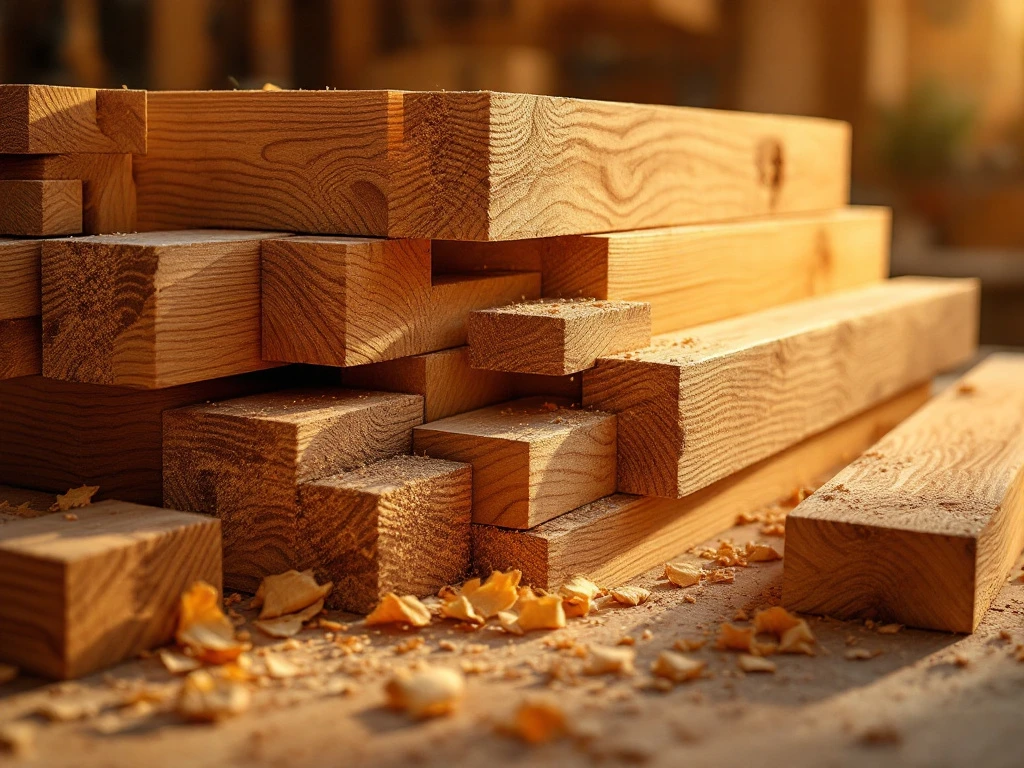
What are the benefits of building with wood?
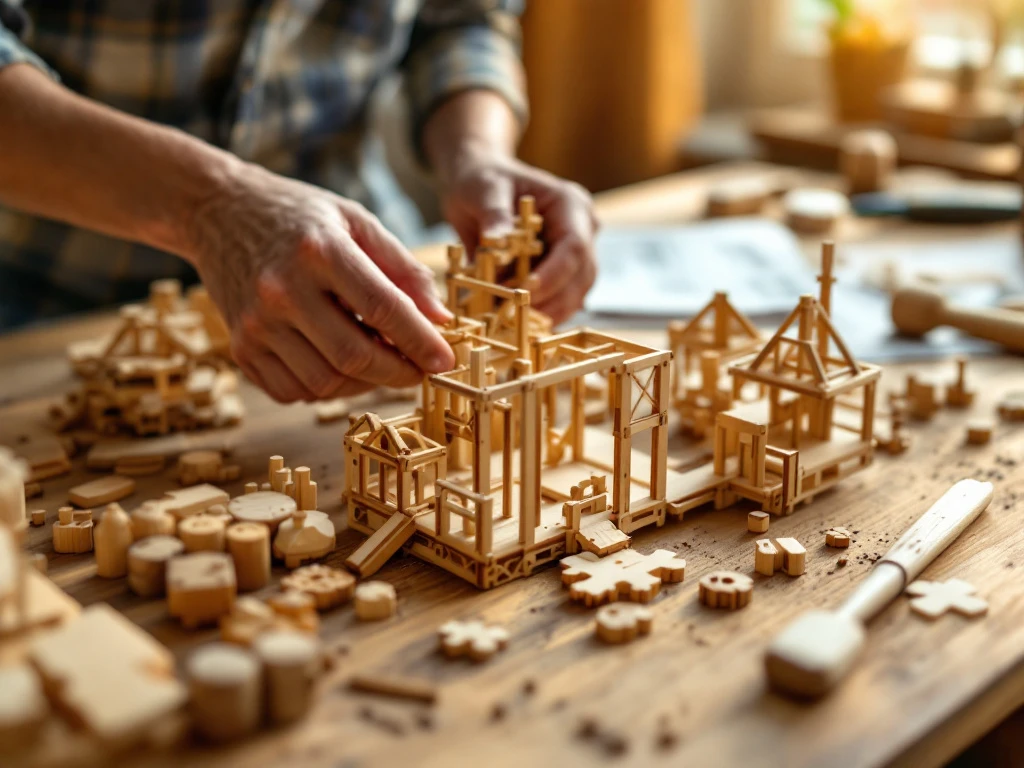
Can adults have fun with wooden construction kits?
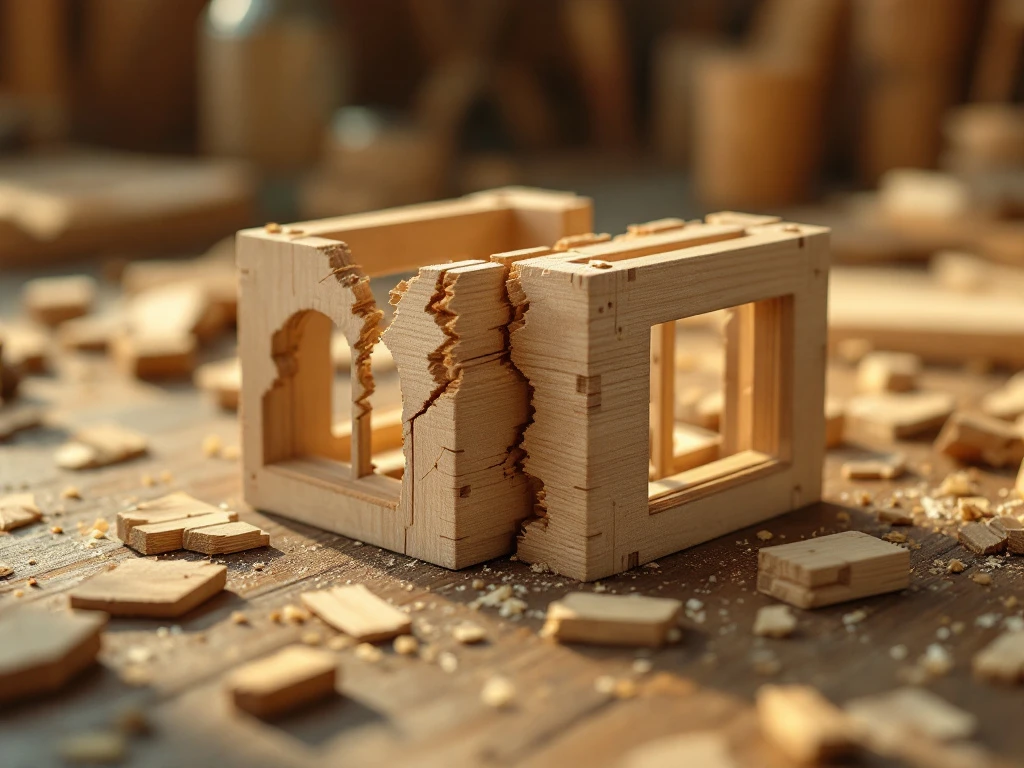
Can wooden building kits break?

